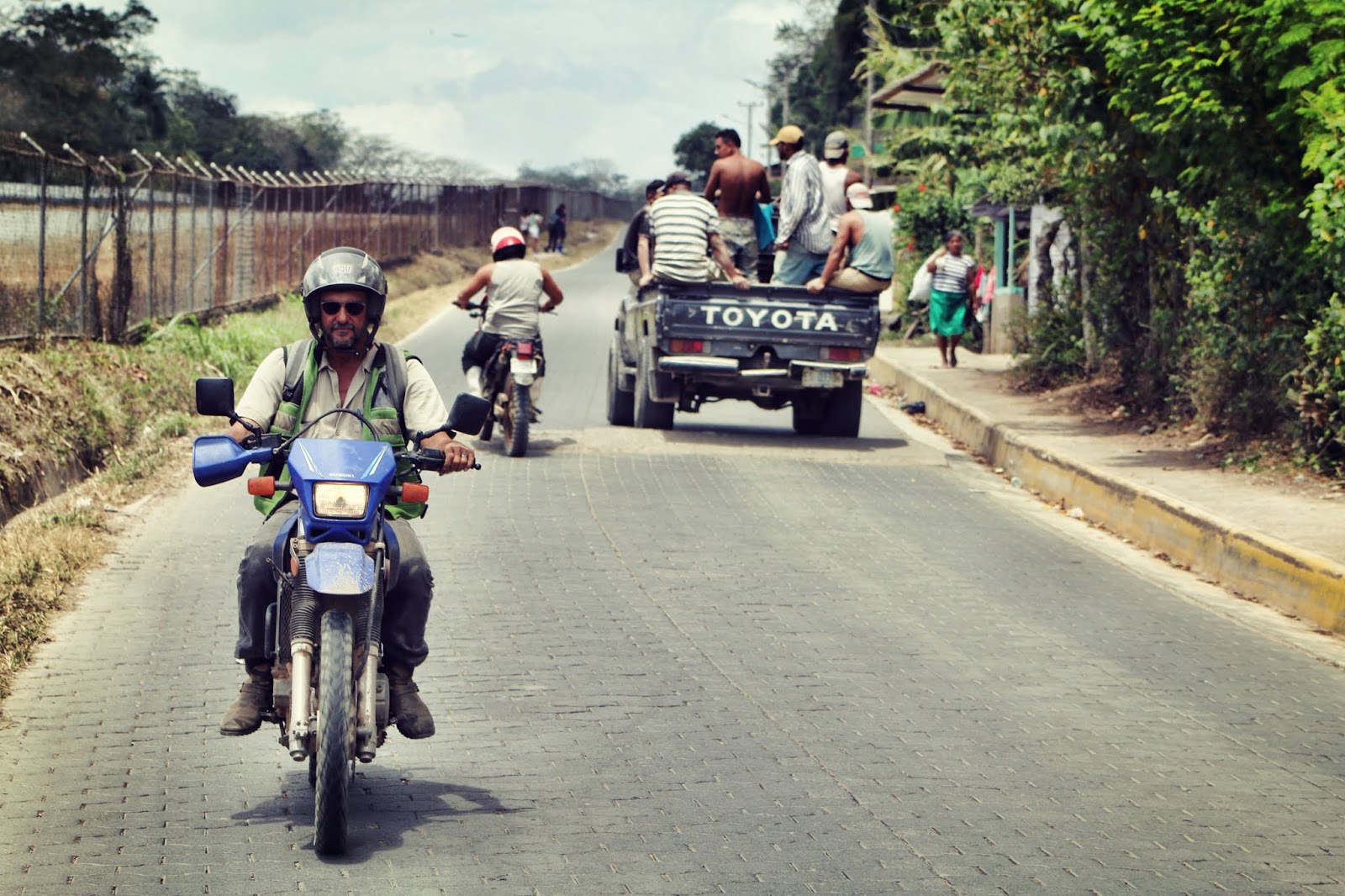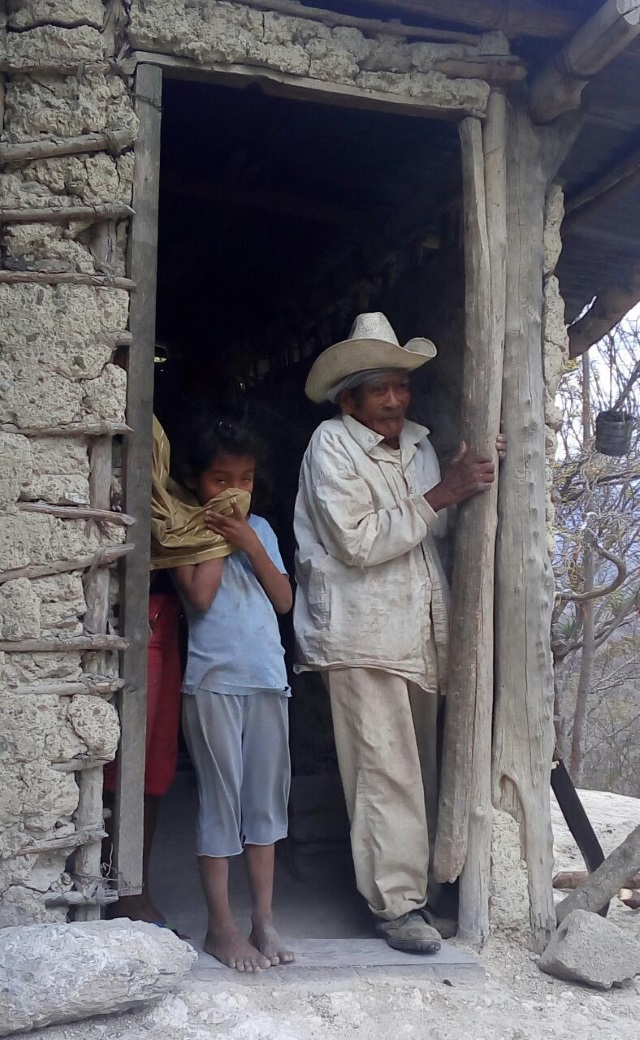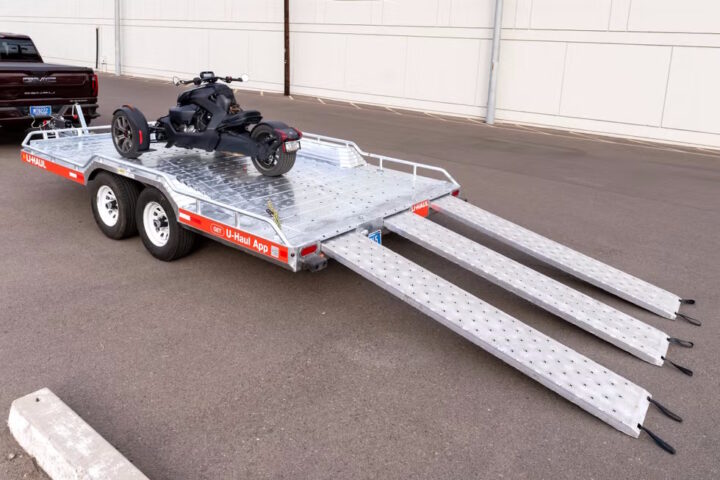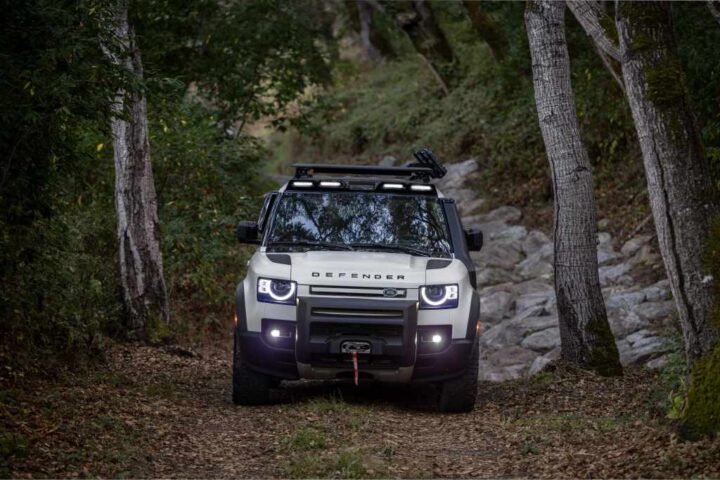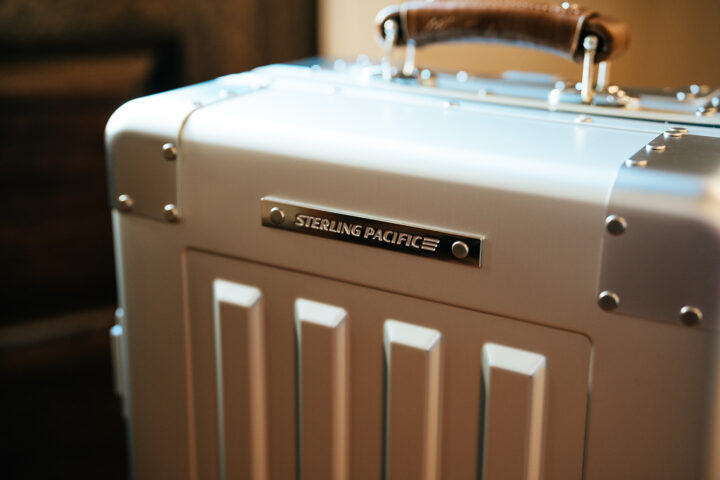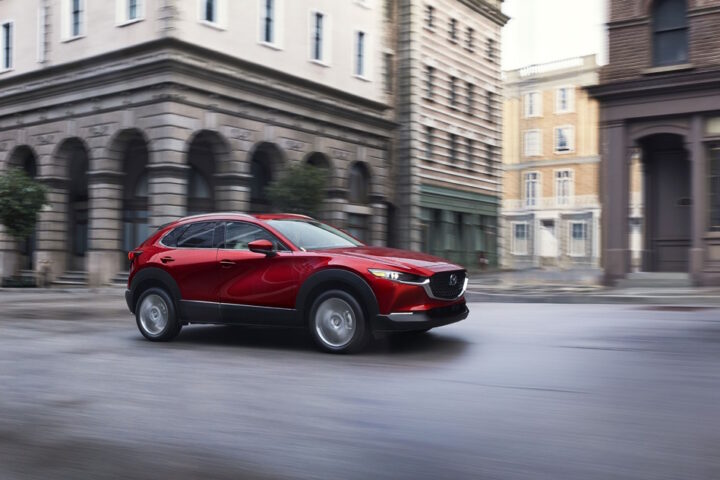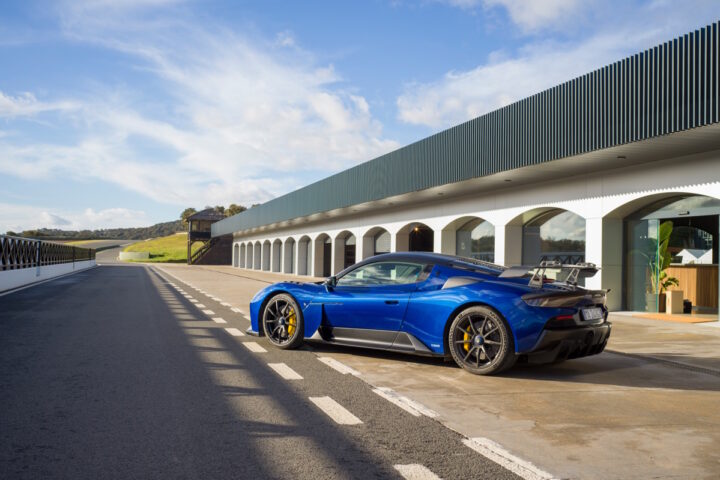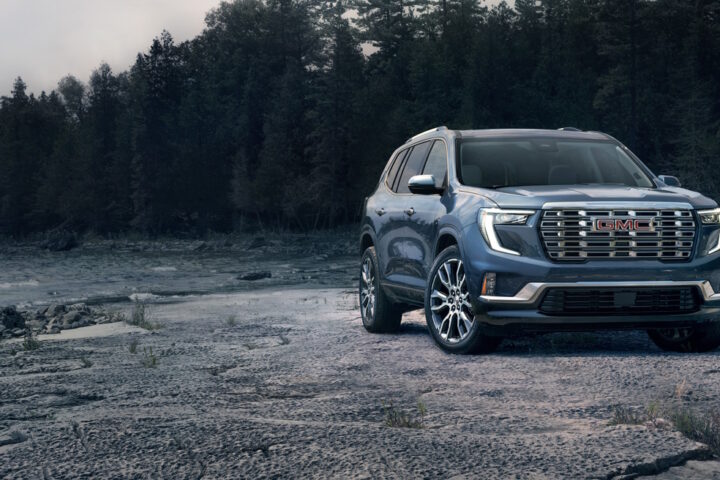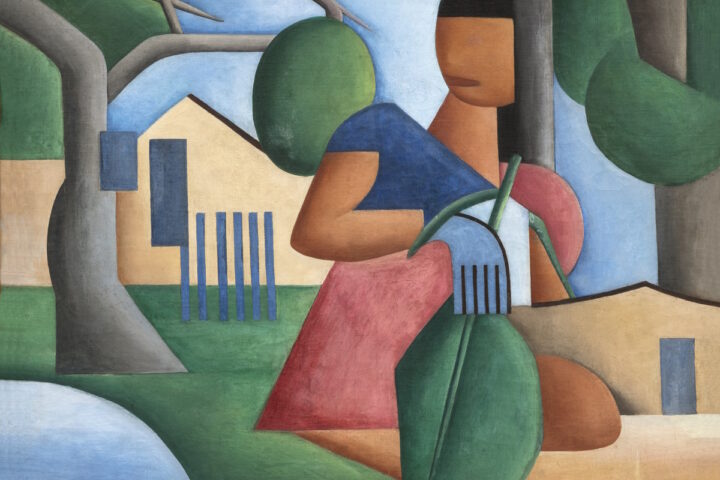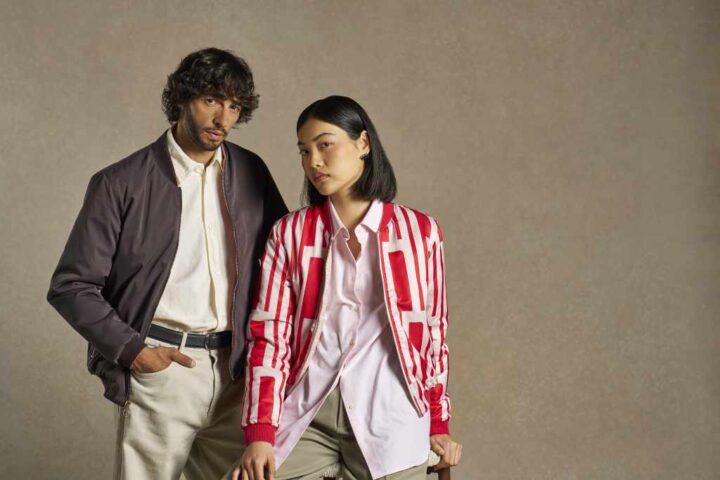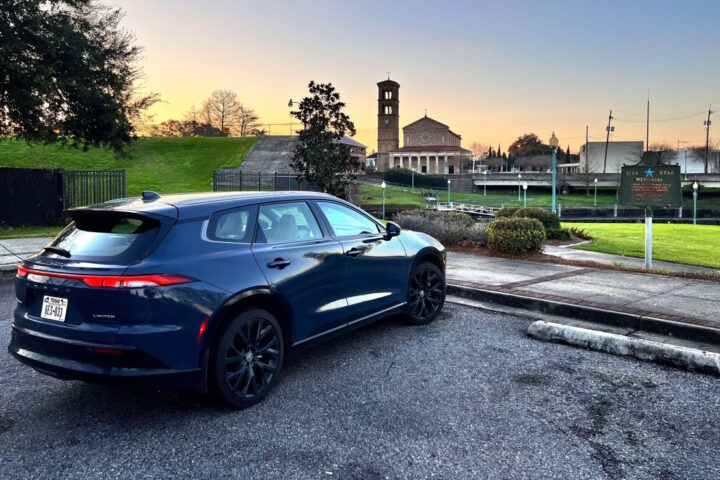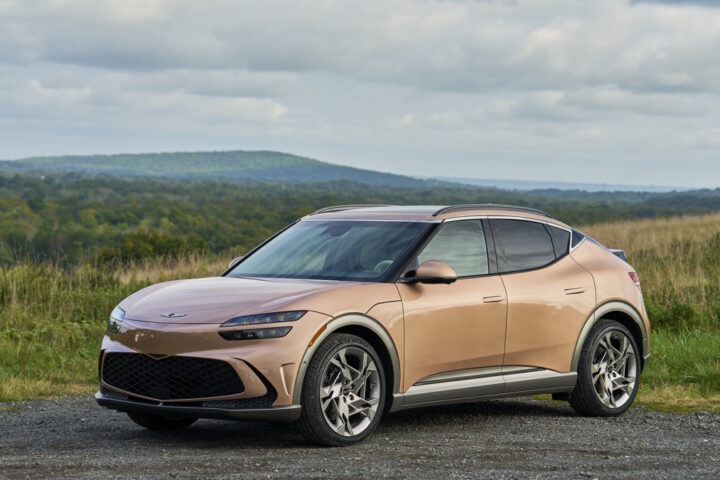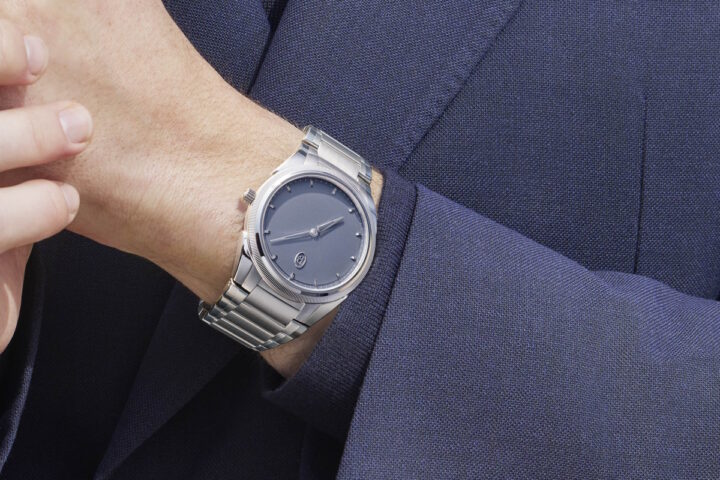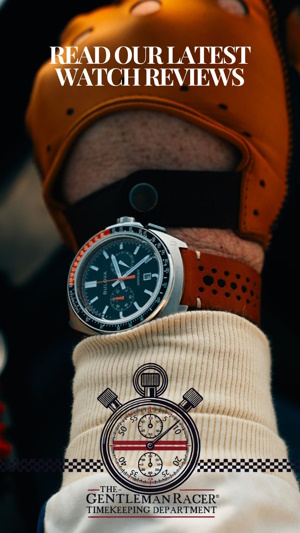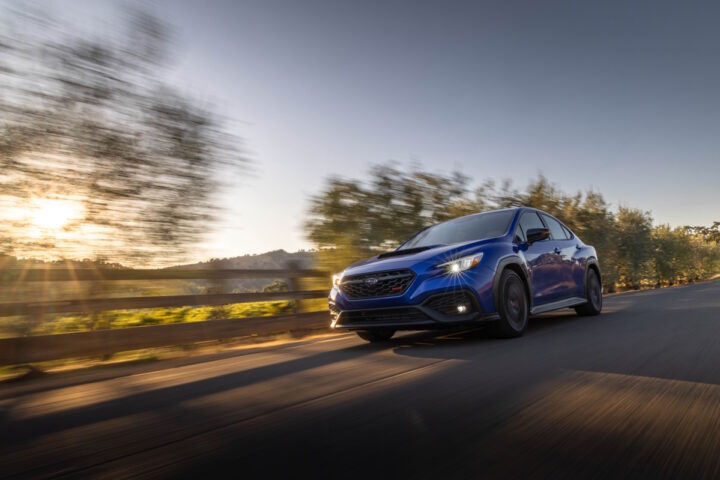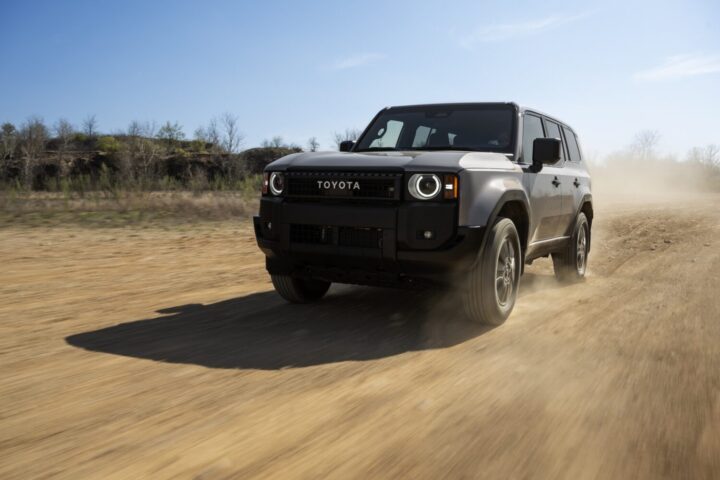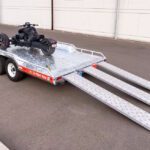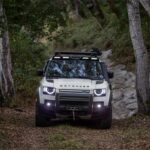As always one is impressed by the great diversity here in rural Nicaragua. Coming in toward Matagalpa you see the large vegetable, peanut, rice, beef and poultry and coffee concerns somewhat modern and industrialized. Leaving Matagalpa heading toward to Tuma-La Dalia one climbs steadily upward through the heart of the coffee growing areas. The coffee trees were heavy with red beans and the picking crews are starting this season’s harvest. The paved road ends about 40 km before Waslala. Continuing to climb toward Waslala each new turn brings a fresh mountain view breathtaking fresh air and crystal clean creek waters. Leaving Waslala you enter the Northern Autonomous Zone and begin to border what is left of the Bosawas forest reserve. The emptiness is impressive and oppressive at the same time. One travels hours with no phone signal and very little population.
Climbing still higher the main crop turns to cacao but soon one reaches the areas were only subsistence farming is taking place. Here small farmsteads are still being carved out of the forest hanging on to the mountains. This part of the trip is virtually a step backward in time as well. These farmsteads could very well have been ones that I had seen during my first years here in Nicaragua in the early 90’s. The farther out you travel the people change too. Around the larger townsfolks are reasonably well dressed, adequately fed in general, and quick to smile. Going out the clothing gets progressively more patched, rubber boots, homemade sandals, and bare feet replace leather shoes. Straw and felt hats worn to shapelessness displace the store-bought ball cap.
In the city, many people show more lineage of the Spanish settlers (or invaders depending on your point of view) in their stature and complexion. In the countryside, the heritage of the first inhabitants prevails with rounder faces, almond-shaped eyes, and darker skin. The beautiful diversity of the indigenous tribes here is amazing considering how small the country is. Miskitu, Mayanga, Carib, Rama, and other less numerous groups all contribute to the cultural wealth of the area. Sadly too many faces of the people bear the burden too many years of arduous labor. Little changes from one day to the next. Cycles of life are governed by the seasons and the needs of Agriculture.
Descending out of the Bosawas one arrives at Siuna and begins to cross the lower flatter terrain heading East. Except for the hilly areas around the gold mining towns Siuna, Bonanza, and Rosita, the land is flatter, deforested and quite honestly not very attractive. the area has been logged extensively and then used for range cattle farming to the detriment of the soils. Still, it is impressive to see the tenacity of the people that live in this region struggling to prosper against all odds. They face insecurity from bandits, long distances to market, and lack of education, healthcare, or basic government services. In Rosita one begins to hear a lot of Miskitu and Mayagna spoken.
The settlement names change from Spanish origin (La Fe, El Empalme) to more indigenous names like Saslaya and Isnawas. The land becomes swampy with very little agriculture. Artisanal gold miners pan ore in the streams along the way. Then suddenly, descending from Sasha, the land changes again this time to a sandy soil with stands of Caribbean Pine. Puerto Cabezas is on the Caribbean Sea. The city is the administrative center for the northern autonomous region and also goes by its indigenous name of Bilwi. The center of the town certainly looks past its prime, the old fishing canneries and docks are now semi-abandoned and deteriorating.
In Siuna, Rosita, and Puerto Cabezas many remnants of infrastructure that was productive in the 1940s through the 1970s is still visible. During those years there was great investment in mining, logging, and fishing by North American firms. Certainly, these companies were no models of corporate social responsibility by today’s standards but many old timers remember those decades as the good old days. The Yanquis paid decent wages and, maintained schools and hospitals. The installation of roadbeds bridges, airstrips, and port facilities benefitted the populace in general. Many were so well constructed that they are still in use today in spite of minimal upkeep since the 1980s.
Traveling through the area one is reminded that although the Pacific side of Nicaragua has become relatively prosperous in the last few years the largest single administrative unit in Nicaragua, the RACCN (Northern Caribbean Autonomous Region) lags woefully behind. Resources are abundant but capital and vision are not. Worse yet there are many legal issues with land rights, overlapping jurisdictions of Tribal government, and in general a spiritual malaise that short circuits progress.
On my return trip, I chose the flatter route through the towns of Mulukuku and Rio Blanco. Nicaragua is an unusual country in this age of urbanization: half its population still lives in rural areas. So if you have not seen the rural core of this nation you really have not seen Nicaragua!
Marcus Pearson is the director of Harvest Initiative an NGO that is dedicated to providing education and infrastructure to rural communities in Nicaragua, for more info on their programs or to donate please visit www.cosechanic.com.

